Prohibition and Speakeasies

Prohibition refers to the nationwide ban on the production, sale, and distribution of alcoholic beverages in the United States. It was enacted through the 18th Amendment to the Constitution in 1920 and lasted until its repeal in 1933 with the 21st Amendment. This period, known as Prohibition, aimed to curb social issues associated with alcohol consumption, such as crime, public drunkenness, and domestic violence.
However, rather than eliminating alcohol consumption, Prohibition drove it underground and gave rise to illicit establishments known as speakeasies. Speakeasies were clandestine bars or clubs that operated surreptitiously, often hidden behind unmarked doors or disguised as legitimate businesses. Patrons typically needed a secret password or a connection to someone on the inside to gain entry to a speakeasy.
Inside speakeasies, patrons could indulge in illegal alcoholic beverages, including bootlegged spirits smuggled in from Canada or distilled in homemade stills. Speakeasies became hubs of social activity, where people from all walks of life mingled, danced, and enjoyed drinks away from the prying eyes of law enforcement.Speakeasies employed various tactics to evade detection, such as lookout systems to warn of impending police raids, trapdoors for quick escapes, and secret compartments to conceal contraband. Despite the risks involved, speakeasies' allure and the thrill of breaking the law made them immensely popular during Prohibition.
Speakeasies were places to drink and venues for cultural expression, featuring live music, dance performances, and underground art scenes. During the 1920s and early 1930s, they significantly shaped American culture and left a lasting impact on the country's culinary and social landscape.
The end of Prohibition in 1933 marked the closure of many speakeasies as legal bars and liquor stores resumed operations. However, speakeasies' legacy endures as a symbol of resistance to government regulation and as a testament to the human inclination to find ways to enjoy life's pleasures, even in the face of adversity. Today, speakeasy-themed bars and cocktail lounges pay homage to this bygone era, offering patrons a taste of the clandestine world of Prohibition-era drinking.
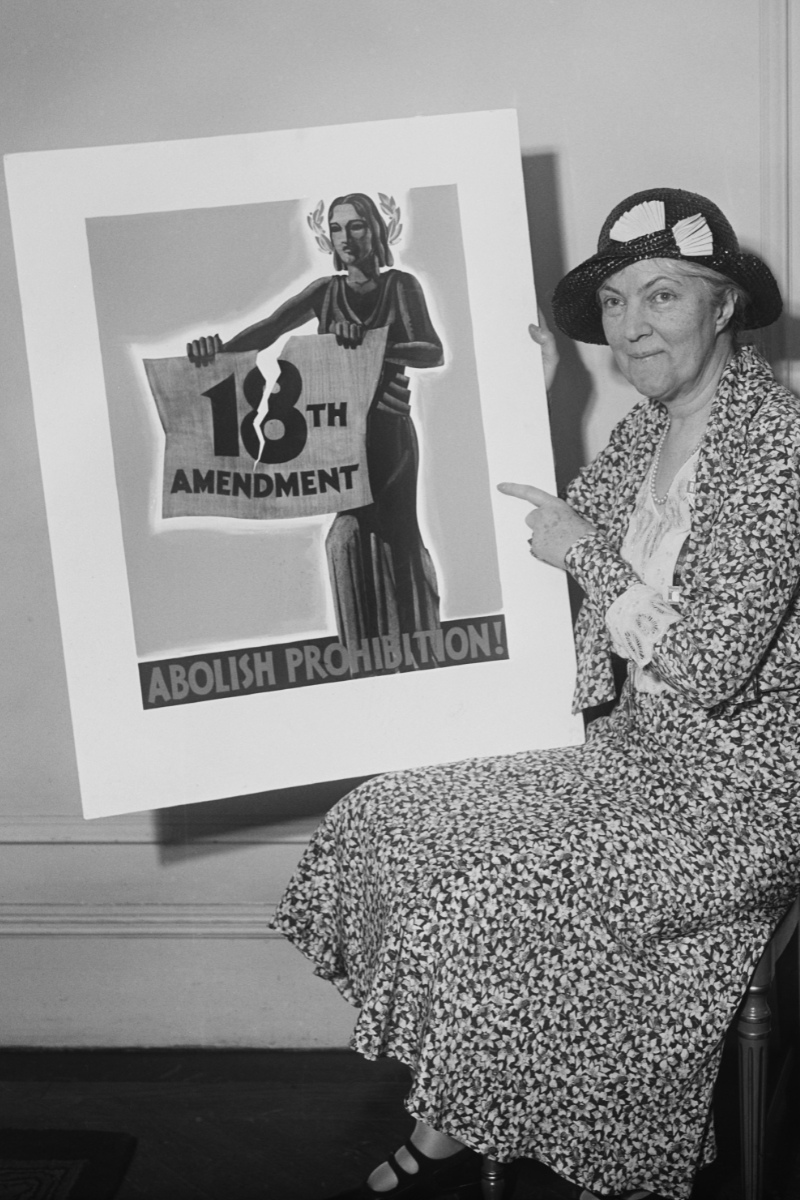
During Prohibition and the heyday of speakeasies, several drinks and cocktails gained popularity despite being illegal. These beverages often utilized ingredients that could be readily obtained or easily concealed, and they were crafted to mask the harsh taste of bootlegged spirits. Some of the most popular drinks and cocktails during this era:
Side Car

This classic cocktail, believed to have originated in Paris during World War I, became popular in speakeasies due to its balanced and flavorful profile. Made with brandy, Cointreau (or triple sec), and lemon juice, the Sidecar is a refreshing and citrusy drink that was well-suited to masking the taste of low-quality spirits.
The Mary Pickford
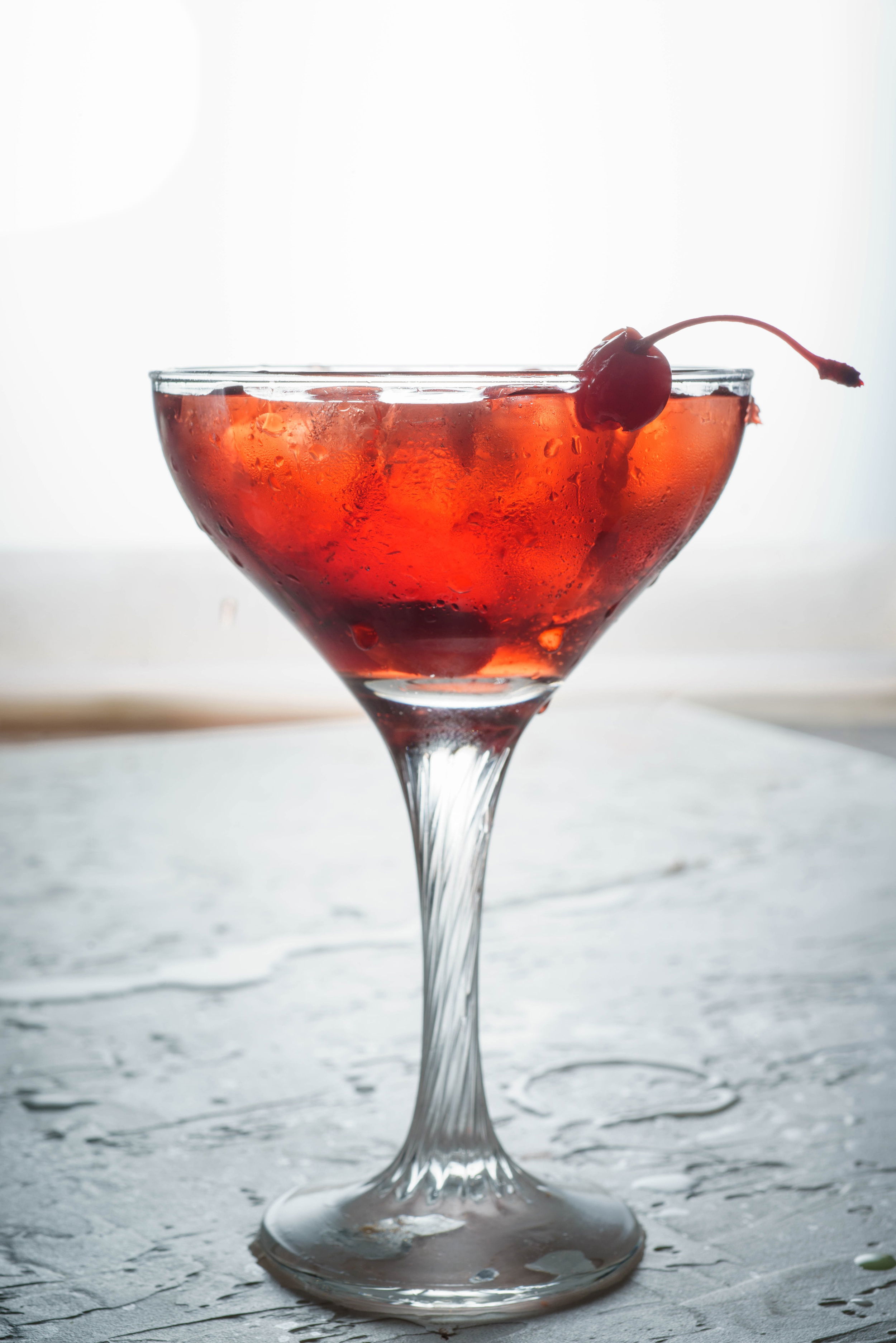
Named after the silent film actress Mary Pickford, this cocktail was a favorite among speakeasy patrons. It typically consisted of white rum, pineapple juice, grenadine, and a splash of maraschino liqueur, creating a sweet and tropical flavor profile that appealed to drinkers of the time.
The Bee's Knees
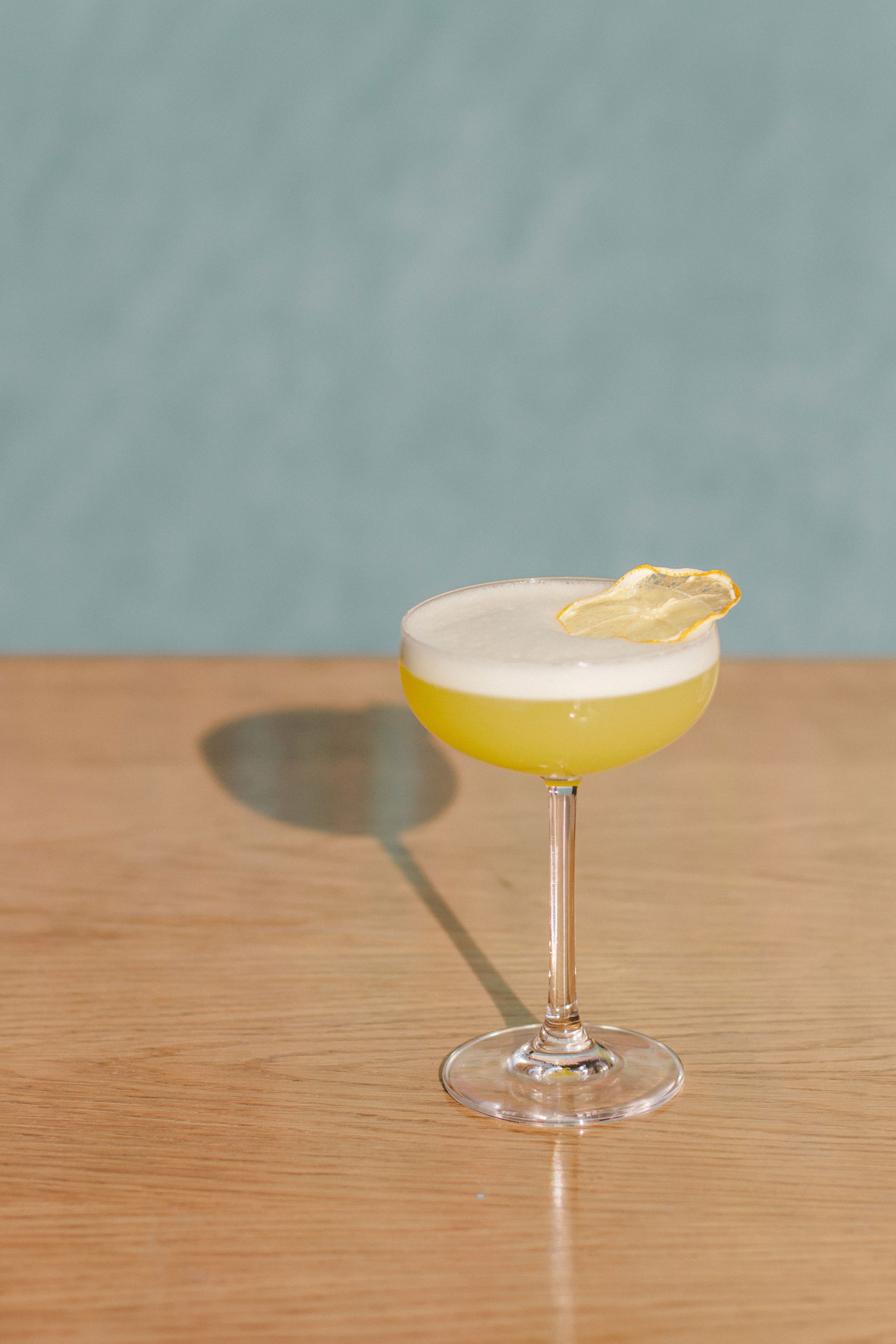
This prohibition-era cocktail gained popularity for its simple yet satisfying combination of gin, lemon juice, and honey syrup. The honey's sweetness helped to mellow the gin's harshness, making it a popular choice among speakeasy-goers looking for a smooth and easy-to-drink option.
The Gin Rickey
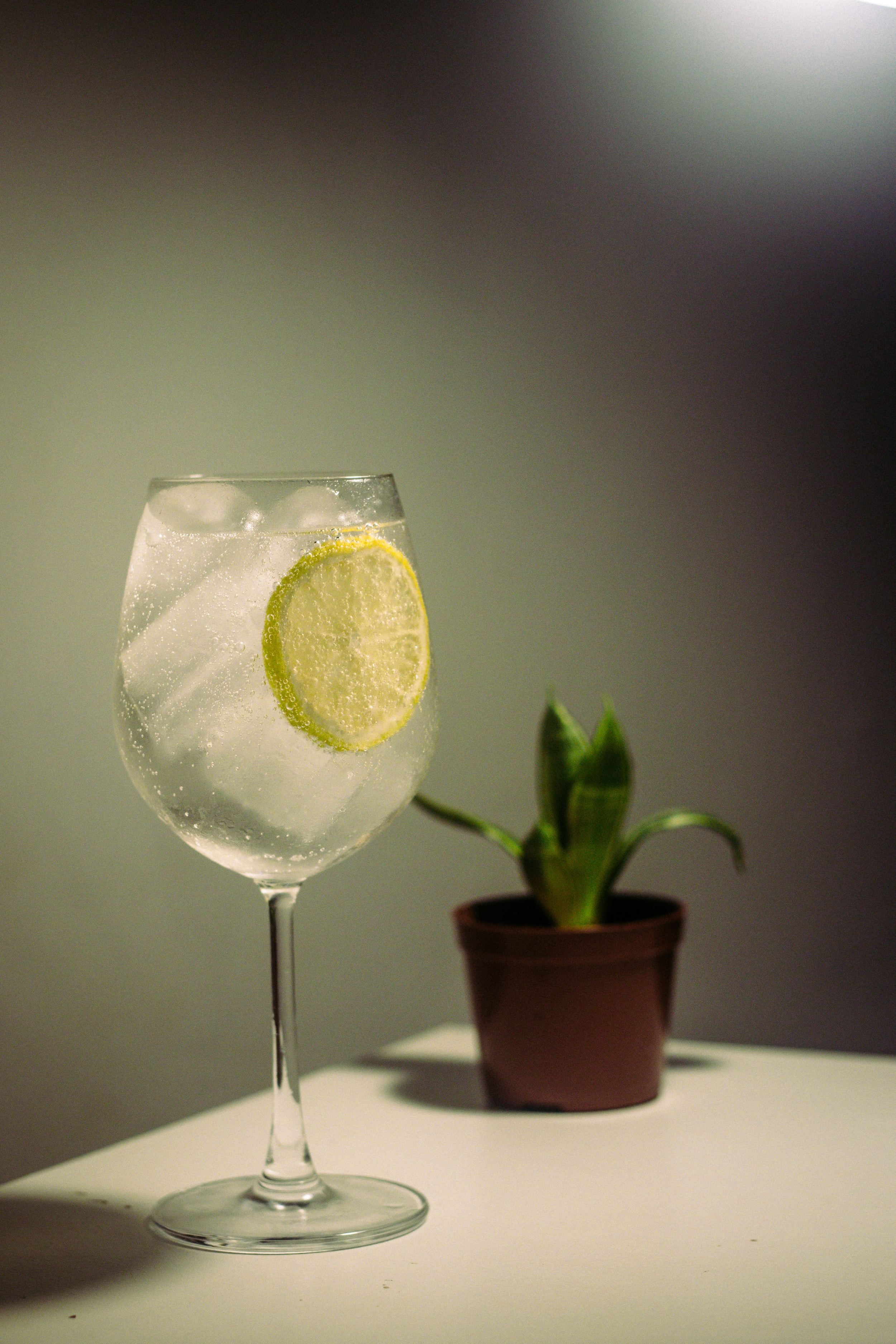
Gin-based cocktails were trendy during Prohibition, as gin was relatively easy to produce and conceal. The Gin Rickey, a simple mixture of gin, lime juice, and soda water served over ice, offered thirsty speakeasy patrons a refreshing and effervescent option
The Southside
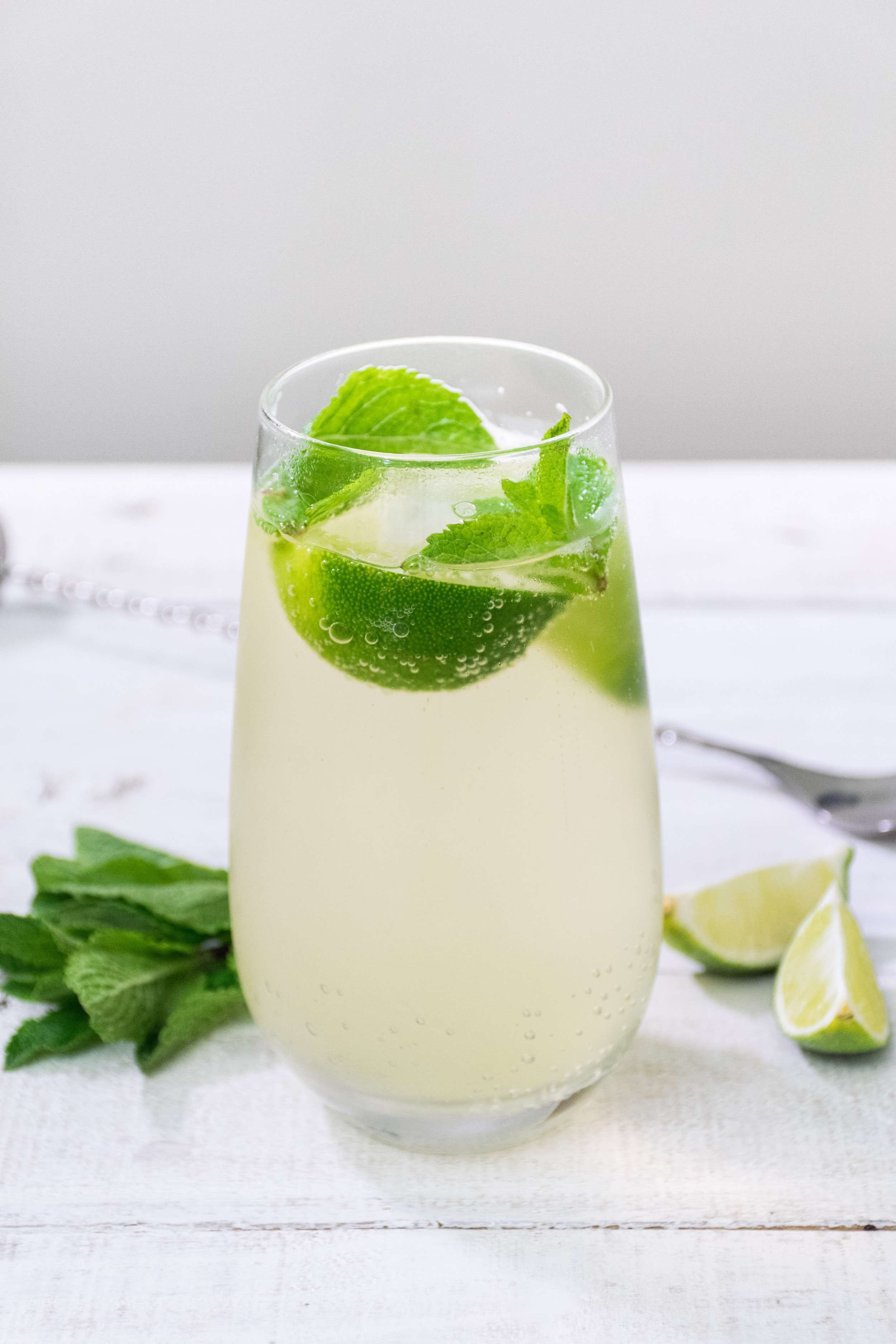
Originating from the South Side of Chicago, this cocktail became synonymous with the speakeasy culture of the Prohibition era. It typically featured gin, mint leaves, lime juice, and simple syrup, resulting in a crisp and herbaceous drink that provided a welcome escape from the speakeasy's illicit surroundings
The Manhattan

Despite its origins predating Prohibition, the Manhattan remained a popular choice among speakeasy patrons throughout the era. This classic cocktail was made with whiskey, sweet vermouth, and bitters and offered a bold and sophisticated flavor profile that appealed to discerning drinkers.
These drinks and many others helped define the cocktail culture of Prohibition-era speakeasies. While the era may have ended with the repeal of Prohibition in 1933, the legacy of these iconic cocktails continues to endure, reminding us of a time when creativity and innovation thrived in the face of adversity.
Do you have a favorite bartender story or a cocktail that holds a special place in your heart? Share your experiences in the comments below, and let's celebrate the masters of mixology together! And remember, always sip responsibly.


